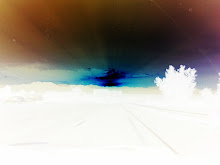Was filled with napping after many many hours of travel and sleeping on planes and in airports. We did visit the Museum of Turkish and Islamic Arts which contained some very impressively large carpets and nice inlay Koran stands dates ranged from the 8th to the 19th century.
The evening was filled with a stroll through the streets checking out the Ottoman wooden houses, people watching and enjoying some of the Ramadan art performances.
Ramadan, The Holy Month, is a time of fasting where nothing should pass the lips of the observer during day light hours. This year Ramadan ends September 10th. The sunrise call to prayer signals the start of the days fasting. The sunset call to prayer alerts the observers to break the fast with a specially prepared meal. All around the city, every park and restaurant is filled with people awaiting the call so that they can enjoy the meal that has been sitting on the table or picnic blanket in front of them for sometime.
Day 3

We visited Aya Sofia, the famous basilica, constructed by Justinian in 537, when Constantinople was the capital of the Holy Roman Empire. After the Ottomans took the city in 1453, Aya Sofia was converted to a mosque, and its architecture was studied and influenced the large central dome style of later Ottoman mosques.
The “Blue Mosque” named for the blue tiles from Iznik on the interior gallery, finished in 1616, sits next door to Aya Sofia, and represents the larger central dome feature on a slightly smaller scale.
We also visited the Grand Bazzar, the Eqyptian Spice Bazzar and the modern shopping district across the Golden Horn.







No comments:
Post a Comment